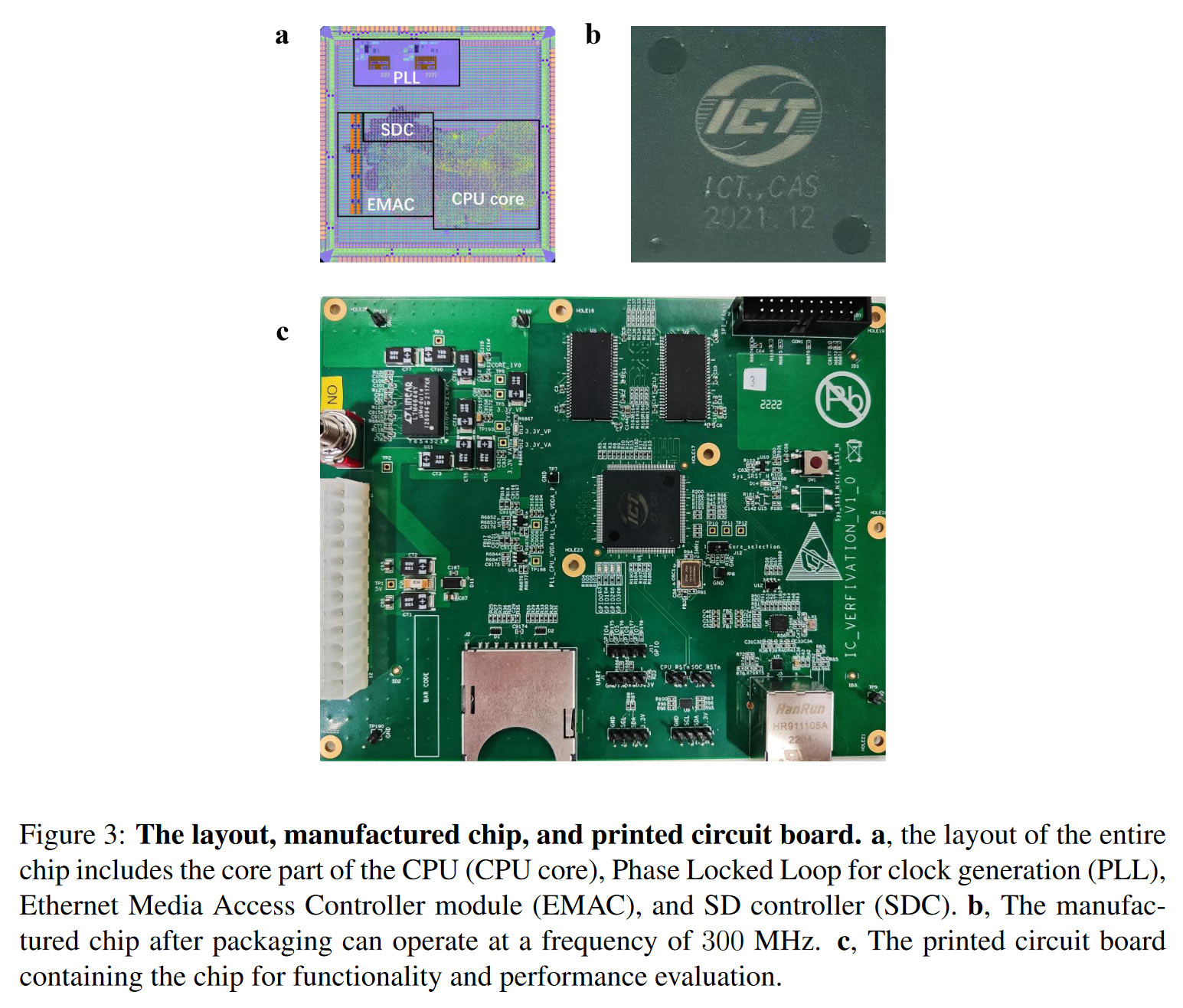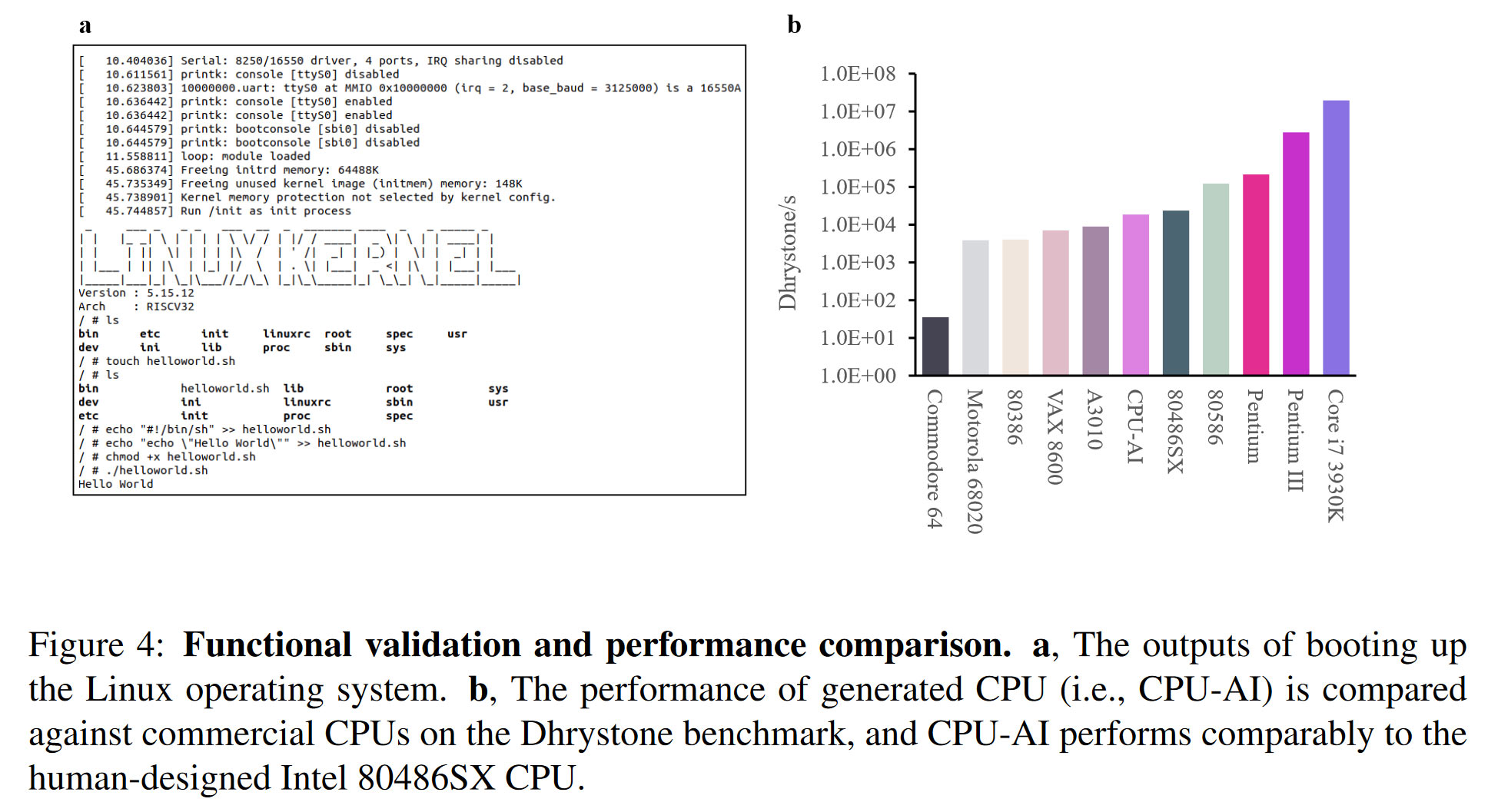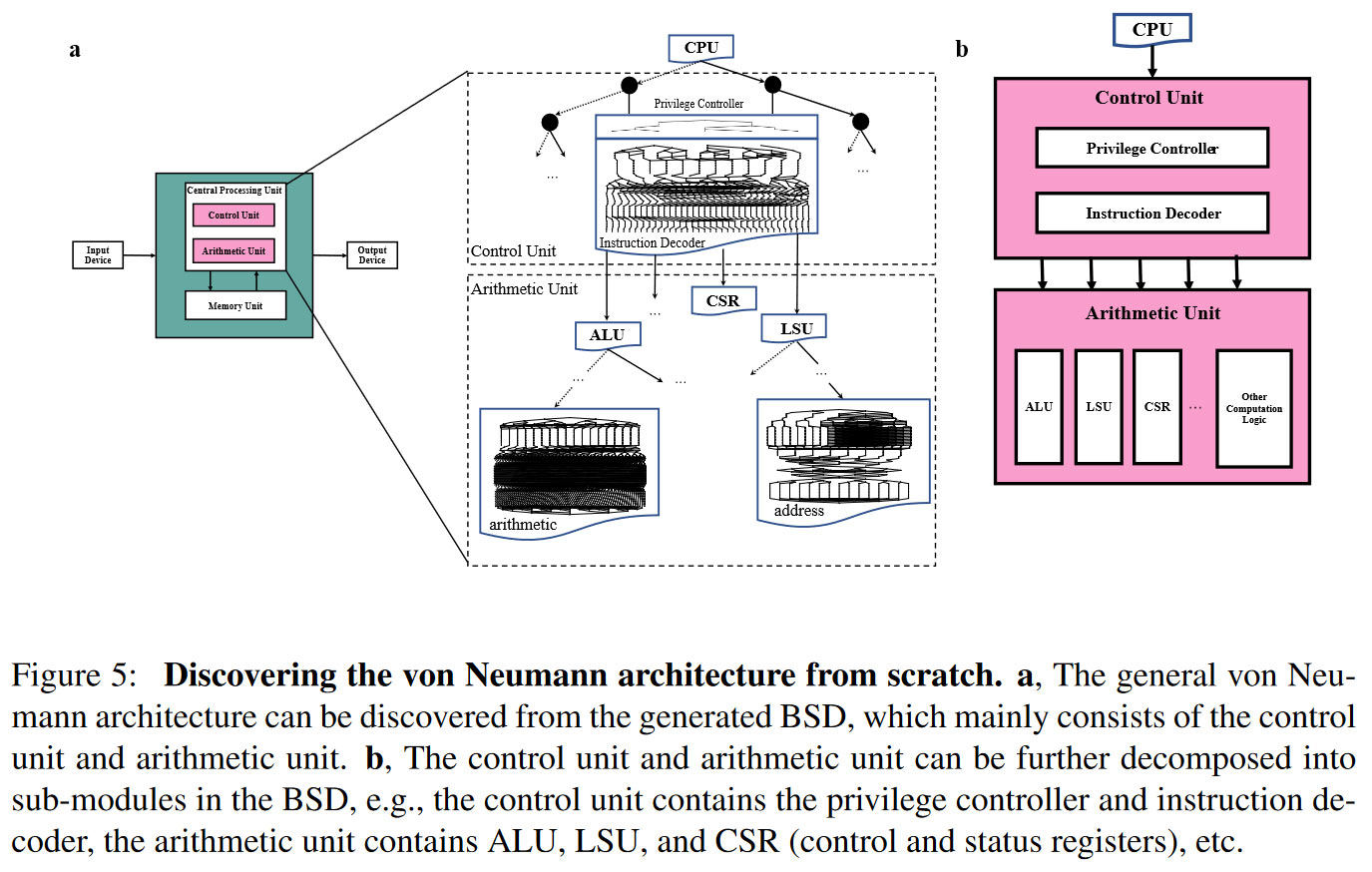
A group of Chinese scientists has published (PDF) a paper titled "Pushing the Limits of Machine Design: Automated CPU Design with AI." The paper details the researchers' work in designing a new industrial-scale RISC-V CPU in under 5 hours. It is claimed this AI-automated feat was about 1000x faster than a human team could have finished a comparable CPU design. However, some may poke fun at the resulting AI-designed CPU performing approximately on par with an i486.
The goal of the Chinese research team was to answer the question of whether machines can design chips like humans. Earlier AI-crafted designs have been relatively small or limited in scope, reckons the team. Thus, to test the boundaries of AI design, the researchers thought they would try and get an AI to automatically design a RISC-V CPU.

Projects like this typically start with a period of machine learning. Training consisted of observing a series of CPU inputs and outputs. The scientists generated a Binary Speculation Diagram (BSD) from this I/O and leveraged principles of Monte Carlo-based expansion and Boolean functions to hone the accuracy and efficiency of the AI-based CPU design. Thus the CPU design was formed "from only external input-output observations instead of formal program code," explains the scientists. It also boasted an impressive 99.99999999999% accuracy.
Using the above-outlined process, an automated AI design of a CPU was created. The taped-out RISC-V32IA instruction set CPU was fabricated at 65nm and could run at up to 300 MHz. Running the Linux (kernel 5.15) operating system and SPEC CINT 2000 on the AI-generated CPU validated its functionality. In Drystone benchmarks, the AI-generated CPU performed on par with an i486. Interestingly, it appears to be a little bit faster than an Acorn Archimedes A3010 in the same test.

Though some might be unimpressed by the performance of the AI-generated CPU, the scientists also seem quite proud that their generated BSD "discovered the von Neumann architecture from scratch."

The building a new RISC-V CPU from scratch using AI isn't just of academic interest, or of potential use for making new CPUs from the ground up. According to the researchers, AI could be used to significantly reduce the design and optimization cycles in the existing semiconductor industry. Moreover, in their conclusion, the scientists even ponder whether this research might be taken further to form the foundation of a self-evolving machine.
This is by no means our first story on AI being used to advance computer processor designs. In March, we reported on Nvidia using AI to optimize chip designs, particularly the floor-planning work. Also, in May, we reported on Synopsys boasting its DSO.ai software had been used in over 200 customer chip designs.







